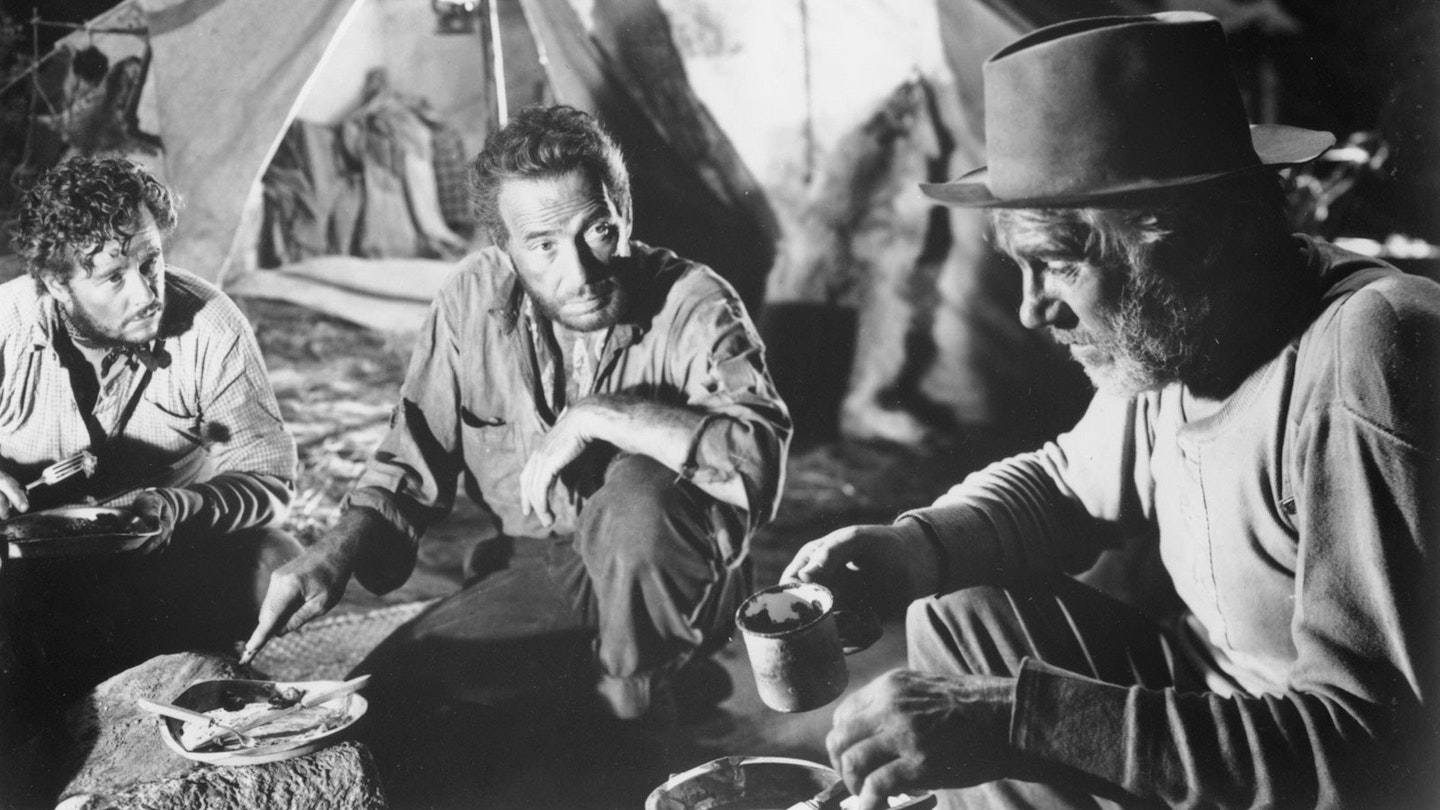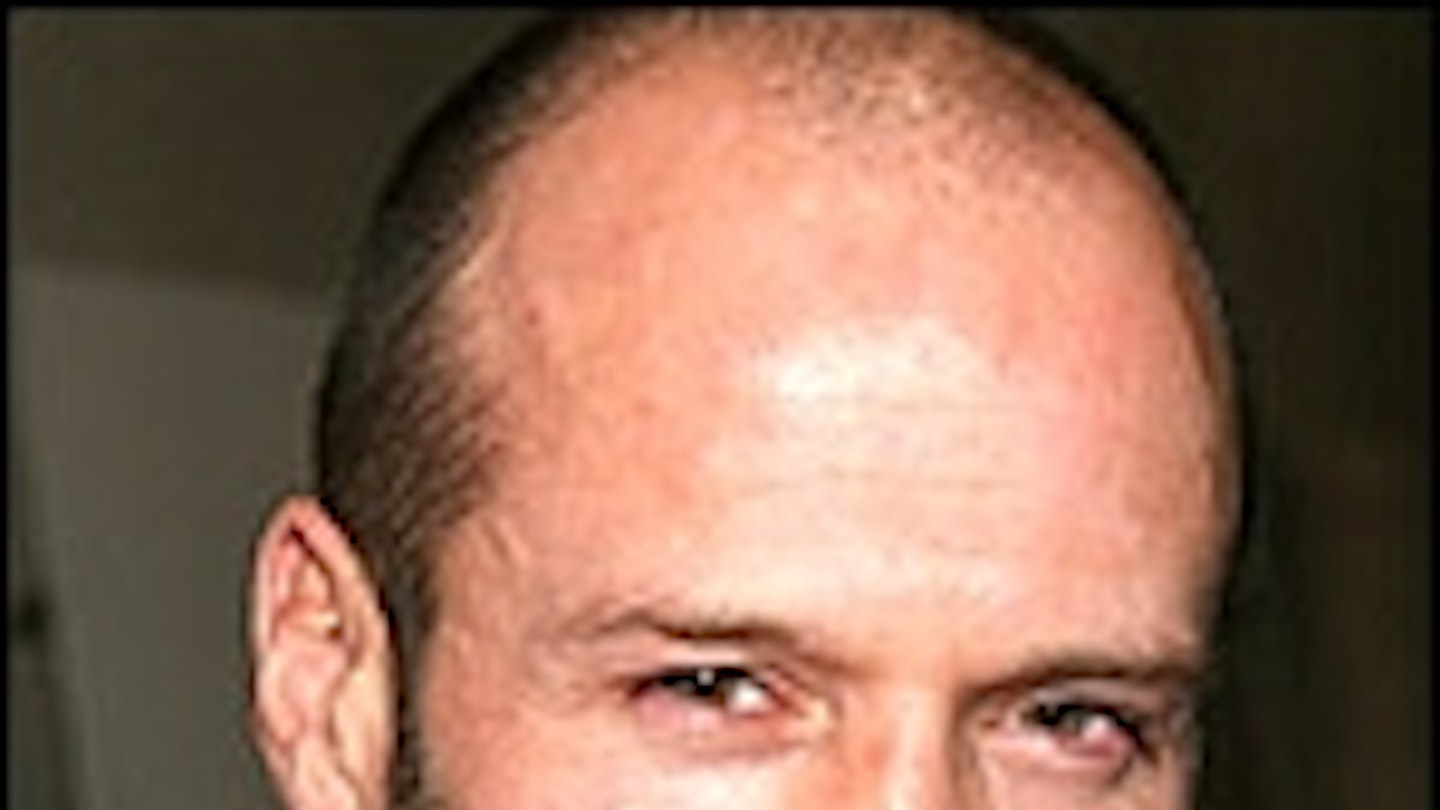When John Huston first read B.Traven's novel in 1935, he reckoned that the role of Fred C. Dobbs was perfect for his actor father, Walter. However, he was then still only a screenwriter and 12 years were to pass before he finally persuaded Warner Bros. to let him adapt the most sobering study of malevolent avarice of since Erich von Stroheim's Greed.
However, Huston now felt that Dobbs was perfect for Humphrey Bogart, with whom he had made Across the Pacific and Key Largo since their first collaboration on the prototype noir, The Maltese Falcon. Huston, Sr. was reluctant to play an old timer, as he still saw himself as something of a matinee idol. But he was selfless enough to help boost his son's career and was rewarded for the brave decision to perform without his false teeth with a Best Supporting Oscar. Indeed, John Huston's double for his direction and screenplay, meant that this was the only occasion on which a father and a son landed Academy Awards in the same year.
Jack Warner, however, was less than enthralled by the picture. He never understood why it couldn't have been made at the studio's Calabasos ranch and deeply resented the $3 million budget that Huston racked up on in the Mexican outpost of Jungapeo (making this the first Hollywood feature to be filmed exclusively on location since the war). Warner also disliked the idea of Bogart turning bad and dying for his sins, a view shared by an American public that had become accustomed to seeing him playing cynical romantics.
But Bogart delivers one of his most effective performances here and his failure to live up to his boast that wealth could never corrupt him is far more credible than his more-vaunted display as Captain Queeg in The Caine Mutiny. Walter Huston is also outstanding. But Huston, Jr. perhaps deserves most credit for coaxing such gritty turns out of those essentially B stalwarts, Tim Holt, Bruce Bennett, Barton MacLane and Alfonso Bedoya, whom he plucked from a crowd to make his screen debut.

